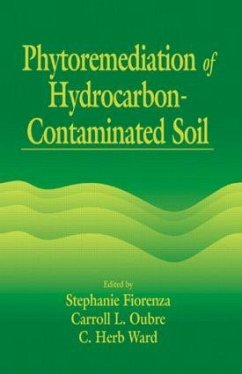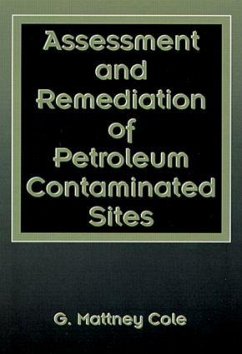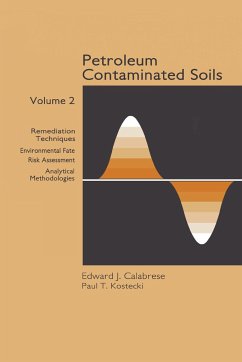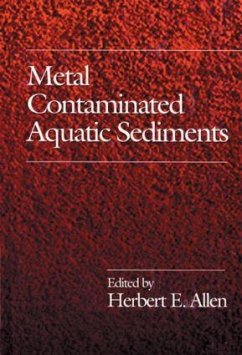
Remediation of contaminated soils using nanoparticles
Immobilization of heavy metals present in Portovelo's soils, applying multi-component nanoparticles
Versandkostenfrei!
Versandfertig in 1-2 Wochen
25,99 €
inkl. MwSt.

PAYBACK Punkte
13 °P sammeln!
Mining in Ecuador is mostly made up of small-scale or artisanal mining, causing serious environmental problems due to the high content of heavy metals discharged by its effluents in the country's main mining areas. On the other hand, it is known that iron and iron sulfide nanoparticles present high adsorption of different pollutants. In this research, the action of multi-component nanoparticles (NPsMC) in metal-contaminated soils was studied. To this end, chemical synthesis was carried out and characterization was performed using microscopic and analytical techniques SEM, TEM, EDS and XRD. The...
Mining in Ecuador is mostly made up of small-scale or artisanal mining, causing serious environmental problems due to the high content of heavy metals discharged by its effluents in the country's main mining areas. On the other hand, it is known that iron and iron sulfide nanoparticles present high adsorption of different pollutants. In this research, the action of multi-component nanoparticles (NPsMC) in metal-contaminated soils was studied. To this end, chemical synthesis was carried out and characterization was performed using microscopic and analytical techniques SEM, TEM, EDS and XRD. The results showed that more than 90% of Cd, Cr, Ni and Hg immobilization was obtained when applying a 2:1 ratio (NPsMC:Soil, mL/g); while for Cu, Pb and As a percentage of 80, 70 and 46% respectively was obtained. The pH was the main factor for the immobilization of contaminants, in this case it acted negatively for the As, additionally the percentage of metal leaching was reduced after the application of NPsMC. It is concluded that this technique is a powerful tool for the remediation of areas contaminated by heavy metals.












